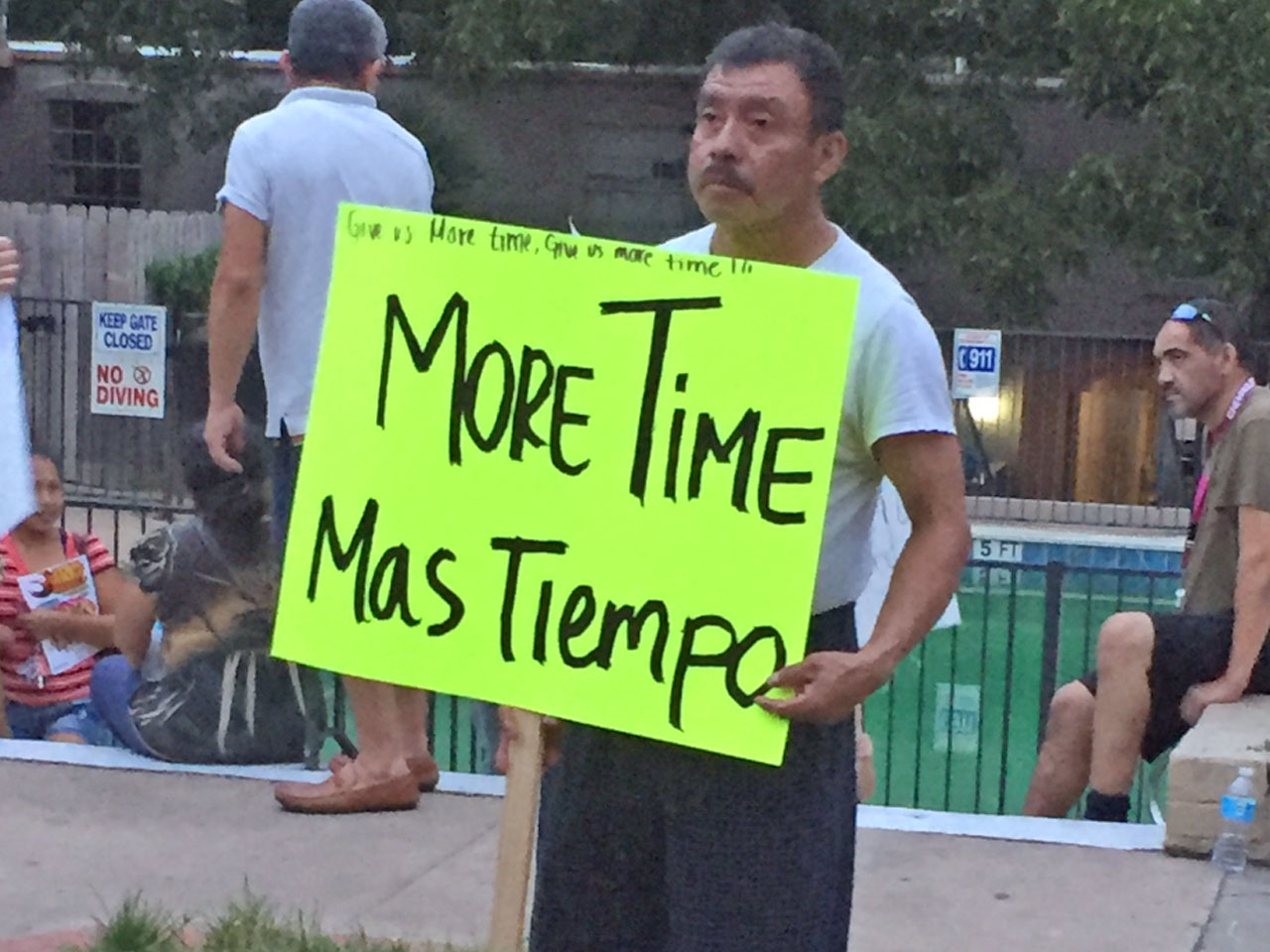In order to understand the ways that particular policy tools can be used to address the needs of vulnerable groups impacted by displacement in gentrifying neighborhoods, it is helpful to consider their relative strengths and weaknesses. The following set of criteria can be used to help guide this analysis.
It is important to keep in mind that no tool will score well on all measures. The criteria are meant to help policymakers consider which tools best further a community’s or city’s goals and best match the needs of particular places and groups. The criteria also allow local policymakers to weigh the effectiveness and impact of specific tools and consider which ones the city has the resources to implement or capacity to develop.
The first two criteria focus on the dimension of need that is addressed by a particular tool. The next three criteria are normative, meaning they are linked to value-based goals that a city or community may have adopted or wish to adopt. A city or community may have additional goals it wants to add here. The final two criteria focus on considerations important to the successful implementation of each tool. Together, the application of these criteria to the possible displacement mitigation tools will give communities and city policymakers a great deal of information to consider and help inform discussion of which tools a city should adopt.
Vulnerable populations targeted
This criterion considers which vulnerable groups a particular tool is likely to assist the most. We focus here on groups that are known to be most vulnerable to displacement as housing costs rise, that have the fewest housing options once displaced, and that can be easily targeted by particular programs. When it comes to incomes of populations targeted, we recommend breaking this analysis down even further to identify whether a policy targets households with very low incomes (such as at 30 to 50 percent of the Area Median Family Income) or a higher range, such as 60 to 80 percent of the Area Median Family Income.
Stage of gentrification targeted
The second criterion considers at which stage of gentrification a particular tool will be the most effective. Since conditions and challenges vary according to the amount of displacement pressures in a neighborhood, it is important to be aware of which tools are most easily implemented at various stages. Of course, most tools will be easier to implement when neighborhoods are in the earliest stages of change
Place-based
Place-based tools are targeted for specific gentrifying neighborhoods, rather than being implemented citywide. Some tools may focus on particular vulnerable groups without linking them to particular gentrifying neighborhoods.
Sustainability
Displacement has two time dimensions that are important to consider. First, displacement refers to the loss of existing vulnerable groups of residents. Second, displacement pressures impact the ability of persons from similar demographic groups to return or move into the neighborhood. Some policies are well matched to the needs of current residents but may not extend to future residents, while other policies address both current and future residents’ needs. This criterion also speaks to the longevity of city investments: Will a displacement mitigation investment remain when the current residents move? How long will the city’s investment in the affordability of a unit last?
Inclusivity
Displacement-mitigation tools vary in terms of the involvement of vulnerable residents in their design, implementation, and oversight. To ensure that tools are designed to address the concerns of these residents, it is important to consider to what extent such involvement is a feature of each tool.
Financial resources required
While it is not possible to precisely detail the likely costs of particular tools, our goal here is to give a sense of which are the most or least costly. We attempt to do this by considering the amount of funding required for initial implementation or investment and the ongoing cost to the city beyond start up. Initial costs might range from those associated with passage of an ordinance to allocation of funds for construction of housing. On-going costs might include funding for staff at agencies charged with implementation.
Capacity required
A key feature of a tool’s successful implementation is the ability of city staff, local nonprofits, and community organizations to carry out the roles envisioned for them by each tool. We attempt to consider here whether the required capacities currently exist, whether there are key gaps that would require attention, and the extent to which any existing deficiencies in capacity could be easily addressed.
